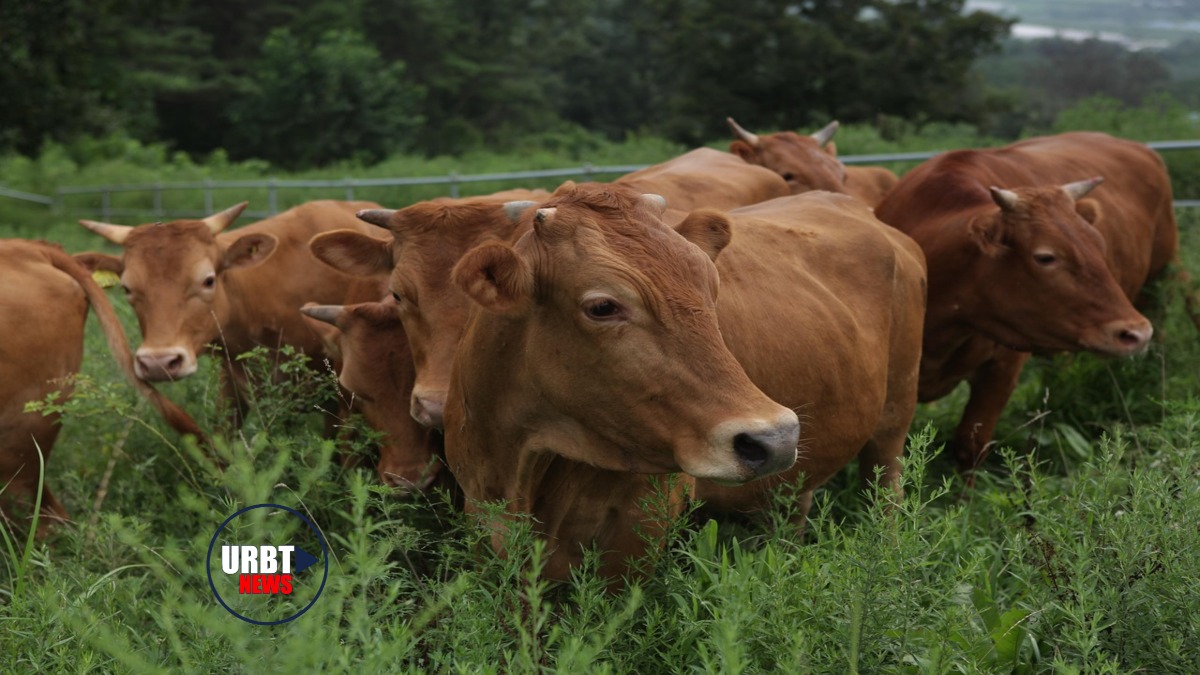Published
1 year agoon

Food Thickeners Market to Hit $22.3B by 2031. The food industry witnesses a significant surge in demand for food thickeners. Allied Market Research projects the global food thickeners market, currently valued at $13,085.2 million (2021), to reach a staggering $22,336.8 million by 2031. This represents a compound annual growth rate (CAGR) of 5.6% from 2022 to 2031. This explosive growth highlights the increasing importance of these ingredients in modern food production.
Several factors fuel this remarkable growth. Consumers increasingly demand convenient, shelf-stable, and appealing food products. Food thickeners play a crucial role in meeting these demands. They enhance viscosity, texture, and stability, extending shelf life and improving the overall sensory experience. Furthermore, food thickeners often allow manufacturers to reduce reliance on high-fat oils and creams, aligning with health-conscious consumer trends.
In 2021, starch dominated the food thickeners market, accounting for over two-thirds of the total share. This dominance reflects starch’s versatility, cost-effectiveness, and widespread availability. However, other types of thickeners, such as gums and modified starches, also contribute significantly to the market’s growth, offering diverse functionalities and catering to specific product requirements.
The versatility of food thickeners ensures their widespread use across diverse food applications. From sauces and soups to dairy products and baked goods, these ingredients are indispensable. They improve texture, mouthfeel, and stability, contributing to the overall quality and appeal of countless food items. This broad applicability further fuels the market’s impressive expansion. Experts predict the Food Thickeners Market will reach $22,336.8 million by 2031, a milestone increasingly likely given current trends.
The future looks bright for the food thickeners market. Continued innovation in food technology will likely lead to the development of new, more sustainable, and functional thickeners. Growing consumer awareness of health and wellness will also drive demand for natural and clean-label options. Companies are investing heavily in research and development to meet these evolving demands. We expect the Food Thickeners Market to reach $22,336.8 million by 2031 and potentially exceed this figure. For more in-depth analysis, visit URBTNews.com.
Q1: What are the main types of food thickeners?
A1: Common types include starch, gums (like xanthan gum and guar gum), modified starches, and cellulose derivatives.
Q2: How do food thickeners improve food texture?
A2: They increase viscosity, creating a smoother, creamier, or thicker consistency depending on the type and amount used.
Q3: Are food thickeners safe for consumption?
A3: Generally, yes. Regulators carefully control them, and they remain safe when used at recommended levels.
Q4: What are some examples of foods containing food thickeners?
A4: Many processed foods, including sauces, soups, yogurts, ice cream, and baked goods, contain food thickeners.
Q5: What factors influence the price of food thickeners?
A5: Raw material costs, processing methods, and market demand all play a role in determining the price.
Request Sample PDF Of This Report: https://www.alliedmarketresearch.com/request-sample/4043
Buy This Report (263 Pages PDF with Insights, Charts, Tables, and Figures): https://www.alliedmarketresearch.com/checkout-final/dc672edf45e57e054d8ae694ce86676f
The food thickeners market is segmented on the basis of type, source, application, and region. By type, it is divided into starch, protein, and hydrocolloid. By source, it is classified into plant, animals, and microbial. On the basis of application, it is categorized as bakery, confectionery, sauces, dressings, marinades & gravies, beverages, dairy & frozen desserts, and convenience & processed foods. By region, it is analyzed across North America, Europe, Asia-Pacific, and LAMEA.
Request For Customization: https://www.alliedmarketresearch.com/request-for-customization/4043
Key Findings of the Study
David Correa
Allied Market Research
+1 800-792-5285
email us here
Visit us on social media:
Facebook

Food Thickeners Market Size is Predicted to Attain $22 |336.8 Million by 2031 | food thickeners market growth | food thickeners market trends | food thickeners market analysis | food thickeners market size | food thickeners industry | starch market | xanthan gum market | guar gum market | food thickeners applications | food thickeners types | food additive market | food processing | food technology | consumer trends | market forecast | food thickener manufacturers | global food thickeners market
FoodThickeners #MarketGrowth #FoodIndustry #MarketAnalysis #FoodTech #Starch #XanthanGum #FoodProcessing #ConsumerTrends #MarketForecast
Joseph Collins CEO of Urban Television Network Corp.
